Are you grappling with the issue of high energy costs in your home? The solution may be easier than you think! Insulating block walls is a great way to reduce energy expenses and improve comfort levels within your living or workspace.
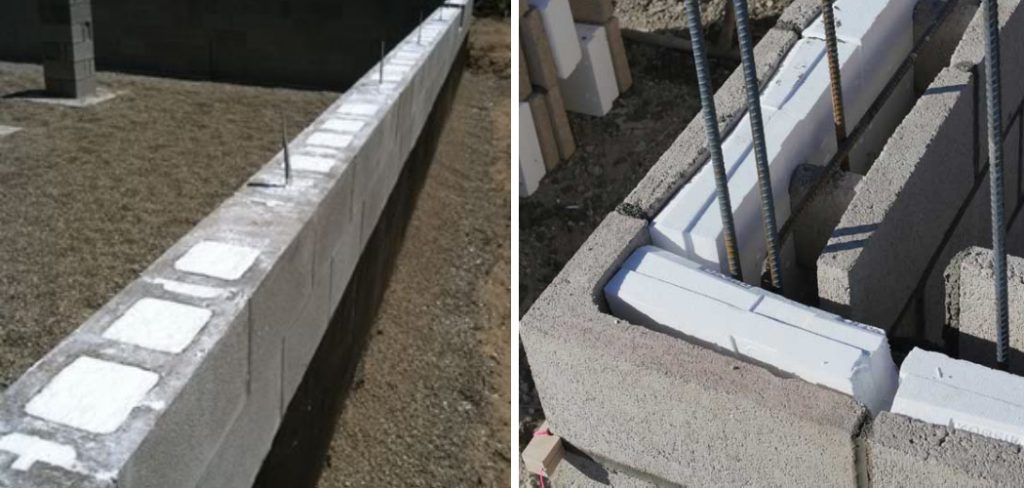
By insulating your block walls, you can enjoy warmer accommodations during colder months, resulting in an improved quality of life overall. In this blog post, we’ll discuss why it’s important to insulate block walls as well as explore the various methods available for how to insulate block walls. So read on if want to know more about getting cost-effective insulation that’ll last for years!
9 Best Ways on How to Insulate Block Walls
1. Spray Foam Insulation:
One of the most popular methods for insulating block walls is using spray foam insulation. This method involves spraying a polyurethane foam mixture into wall cavities, which then expands and adhere to the surface, creating an effective air and water barrier. Spray foam insulation provides excellent thermal resistance and is known for its durability. This type of insulation can be installed in both new construction and existing walls, making it a versatile option for homeowners.
2. Rigid Foam Insulation:
Rigid foam insulation is another commonly used option for insulating block walls. It comes in the form of large sheets made from polystyrene, polyurethane, or polyisocyanurate, which are then cut to fit the shape of your walls. This type of insulation is effective in reducing heat loss and also provides an air and moisture barrier. Rigid foam insulation is highly durable, making it a long-term solution for insulating block walls.
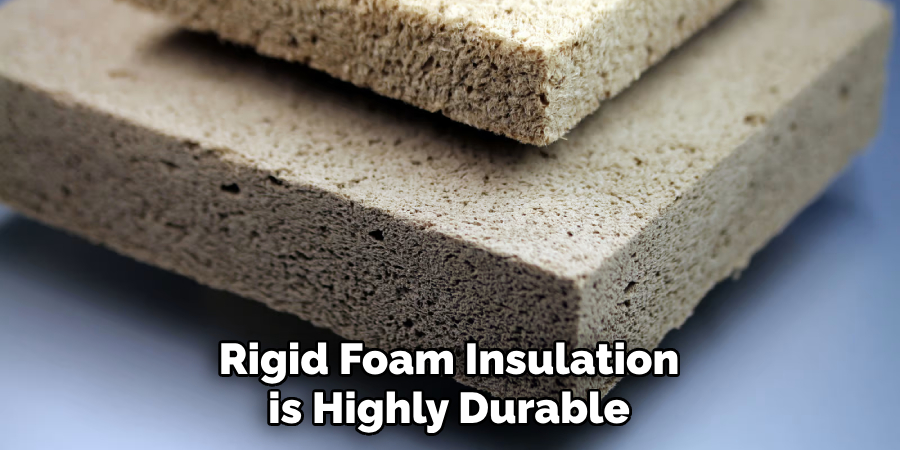
3. Blown-In Insulation:
Blown-in insulation involves using loose-fill materials such as fiberglass or cellulose that are blown into wall cavities using special equipment. This method is suitable for filling small and hard-to-reach areas, making it a great option for insulating block walls with irregular shapes or sizes. Blown-in insulation is cost-effective and provides good thermal resistance.
4. Insulated Concrete Blocks:
Insulated concrete blocks are precast concrete blocks that come with built-in insulation. These blocks can be used in place of traditional concrete blocks during construction, making it a convenient option for insulating block walls while the building is being built. Insulated concrete blocks are easy to install and highly energy-efficient.
5. Insulated Drywall:
Insulated drywall, also known as plasterboard or wallboard, is a type of wall material that comes with pre-attached insulation. It is commonly used in both residential and commercial construction as it provides an all-in-one solution for wall insulation and finishing. Insulated drywall is a great option for insulating block walls as it eliminates the need for separate installation of insulation materials.
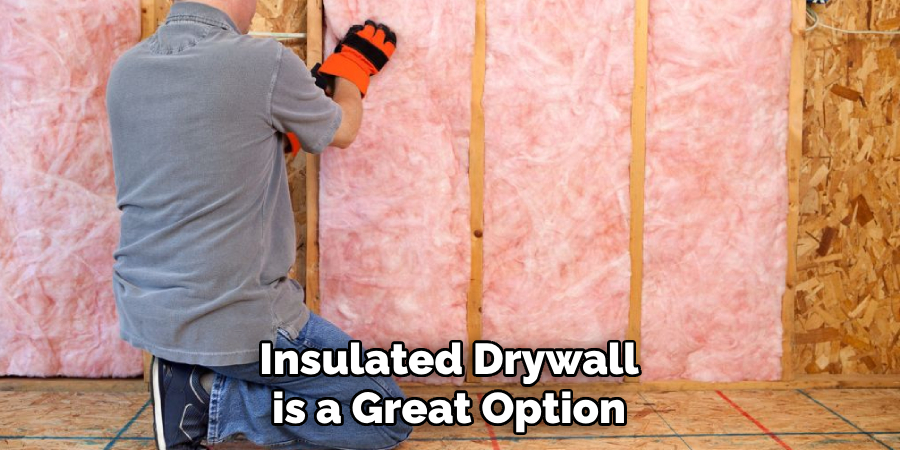
6. Interior Wall Insulation:
Another effective method for insulating block walls is by installing insulation material on the interior side of the wall. This can be done using batt insulation or rigid foam boards, providing good thermal resistance and soundproofing. However, this method may require removing existing finishes from walls and is best suited for new constructions.
7. Exterior Insulation:
Exterior insulation involves installing insulation materials on the outside of block walls. This method is suitable for existing buildings and can also provide additional protection against moisture intrusion. However, exterior insulation may require professional installation and can be costly compared to other methods.
8. Thermal Paint:
Thermal paint is a type of paint that contains ceramic microspheres, which work as an insulating layer when applied to walls. This method is easy to apply and does not require any special tools or equipment. However, thermal paint is not as effective as other methods of insulation and may need to be reapplied periodically.
9. Natural Insulation Materials:
For an eco-friendly option for insulating block walls, consider using natural insulation materials such as wool, cotton, or cellulose. These materials are biodegradable and have a low environmental impact, making them a sustainable choice for insulation.
However, natural insulation materials may not provide as much thermal resistance as synthetic options and may require professional installation.
Following these methods for insulating block walls can greatly reduce energy costs and improve the overall comfort of your interior. It’s important to carefully consider which method will work best for your specific needs and budget.
With proper insulation, you’ll be well on your way to a more energy-efficient home or workspace. So don’t wait any longer, start insulating your block walls today!
Additional Tips and Tricks to Insulate Block Walls
1. If you are using spray foam insulation, make sure to keep the nozzle tip at least 12 inches away from the wall to avoid any possible damage or discoloration.
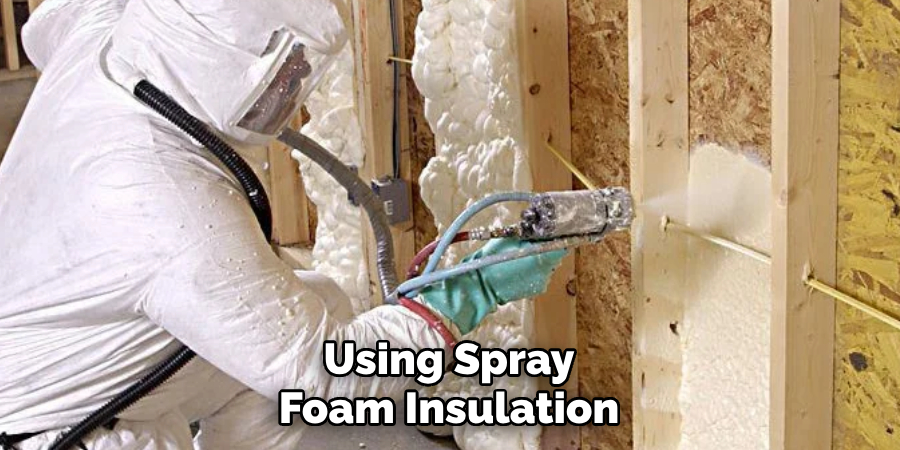
2. Before insulating your block walls, clean them thoroughly with a wire brush to remove any loose debris or dirt. This will ensure that the insulation adheres properly and provides an airtight seal.
3. Consider using a thermal imaging camera to identify any gaps or areas that require additional insulation. This will help you achieve maximum energy efficiency and reduce heating and cooling costs.
4. For added protection against moisture, you can add a layer of vapor barrier before installing the insulation. This will prevent any water or moisture from seeping into the walls and causing damage.
5. Don’t forget to insulate the rim joist area as well. This is the space between the top of your block walls and the bottom of your floor joists. Use spray foam insulation or rigid foam boards to seal this area and prevent any air leaks.
6. If you are working in a tight space, consider using blown-in insulation instead of traditional batts or rolls. This will allow you to easily fill in any gaps or hard-to-reach areas.
7. To improve the overall energy efficiency of your home, make sure to also insulate the attic and any other exposed walls in the building envelope.
8. If you are using batts or rolls for insulation, be careful not to compress them too much when installing as this can reduce their effectiveness.
9. Use caulk or spray foam to seal any small gaps or cracks between the insulation panels. This will help prevent air leaks and improve the overall efficiency of your insulation.
10. Consider using insulated sheathing on top of the block walls for added thermal protection and energy savings. This can also act as a vapor barrier, further protecting your walls from moisture.
By following these additional tips and tricks, you can ensure that your block walls are properly insulated and provide maximum energy efficiency for your home or building. Remember to always consult a professional if you have any doubts or concerns about insulating your block walls. With the right insulation techniques, you can create a comfortable and energy-efficient space for yourself and your loved ones. So why wait? Start insulating your block walls today! Happy insulation!
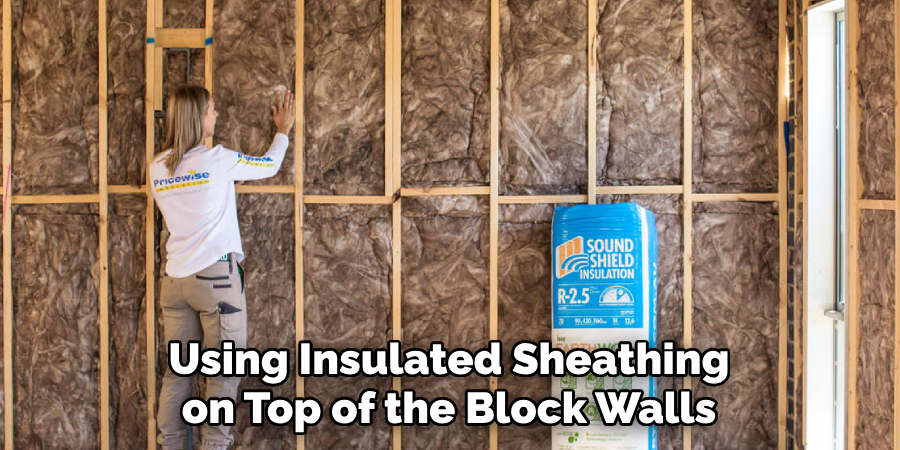
Frequently Asked Questions
Why Insulate Block Walls?
Block walls are made of concrete or masonry materials that have low thermal resistance. Insulating them can help improve the overall thermal performance of a building, making it more comfortable and energy efficient. Insulation acts as a barrier to heat transfer, keeping the interior of a building warmer in the winter and cooler in the summer.
What Types of Insulation Can Be Used for Block Walls?
Various types of insulation can be used for block walls, including foam board, spray foam, fiberglass batts, and mineral wool. The type of insulation you choose will depend on factors such as the climate, budget, and desired R-value (the measure of thermal resistance).
How Do You Insulate Block Walls?
There are several ways to insulate block walls, depending on whether the walls are already built or under construction. For existing block walls, insulation can be applied using adhesive or mechanical fasteners. If the walls are still being constructed, insulation can be placed between the inner and outer wythes (layers) of blocks or in the cores of hollow blocks.
Can I Install Insulation on Both Sides of a Block Wall?
Yes, it is possible to install insulation on both sides of a block wall. This can provide even higher thermal resistance and energy efficiency. However, it may also require additional construction and cost, so it is important to weigh the benefits against the added expense.
How Much Insulation Do I Need for Block Walls?
The amount of insulation needed for block walls will depend on factors such as the climate, desired R-value, and type of insulation used. It is recommended to consult with a professional or use an online calculator to determine the appropriate amount of insulation for your specific project.
Are There Any Safety Concerns When Insulating Block Walls?
When insulating block walls, it is important to take proper safety precautions. This may include wearing protective gear such as goggles and gloves, as well as ensuring proper ventilation during installation. It is also important to follow manufacturer instructions and guidelines for the specific type of insulation being used. Additionally, proper fire barriers should be installed in areas where insulation is used to prevent the spread of fire.
Can Insulation Be Added to Existing Block Walls?
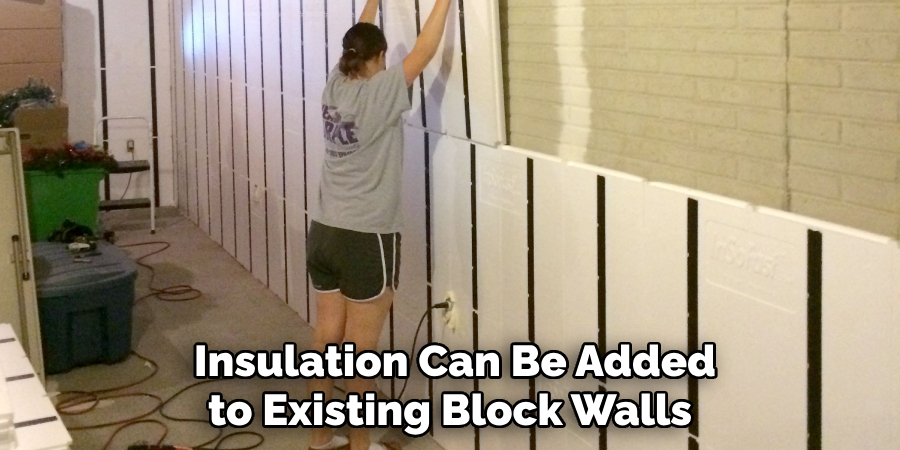
Yes, insulation can be added to existing block walls. This process is known as retrofitting and involves installing insulation on either the interior or exterior side of the wall. However, it may require some modifications and may not be as effective as insulating during the initial construction.
Conclusion
With the above outlined you can easily understand how to insulate block walls and the various types of insulation options available. It is recommended to consult with a professional for specific project needs and to ensure proper safety precautions are taken during installation. With proper insulation, you can improve the thermal performance of your building and enjoy a more comfortable and energy-efficient space. So don’t wait any longer, consider insulating your block walls today!
